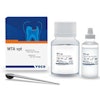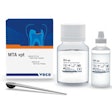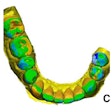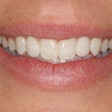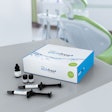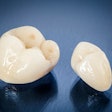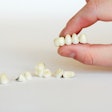Dear Restoratives Insider,
In our new series, Restoratives Market Update, DrBicuspid.com will examine the restoratives market to look at how economic trends, patient preferences, and new materials and techniques are changing the way dental practitioners address caries.
For this first installment, which focuses on trends in metal, porcelain fused to metal, and composite materials, we spoke with Dr. Michael DiTolla, director of clinical education at Glidewell Laboratories, to learn about which materials are on the decline, which are seeing increased use, and which are here to stay despite getting a bad rap.
Read more in this latest Restoratives Insider Exclusive.
Elsewhere in the Restoratives Community, a veteran investigative reporter based in Texas is searching for the cause of severe tooth decay in U.S. soldiers returning from Iraq. Read about this dental mystery here.
There are also questions surrounding the death of a young California man during what was considered a routine third-molar extraction. Learn what facts have come to light so far.
Meanwhile, researchers from Tufts University are exploring the potential for preventing the growth of third molars. Click here to learn how it may already be happening.
And in a study that compared 10 endodontic sealants to determine the effectiveness of their antibacterial properties, a team of Japanese scientists found that one outshone the others. Find out which sealant out of the 10 was preferred.
In other restoratives news, the importance of a good seal when treating carious lesions extending into dentin was the focus of this article, which found that published evidence supports partial caries removal and protecting dentin.
Of course, there's more than one way to arrest caries, and silver diamine fluoride has proved to be effective (and cost-effective). Now a new study reveals how it does what it does; read more here.
Repairing chipped restorations are part of the job, but what is the best way to repair them? An article based on a Journal of the American Dental Association study has suggestions.
Finally, dentin hypersensitivity is common, but just how common is it? You can find some insights at this link.
